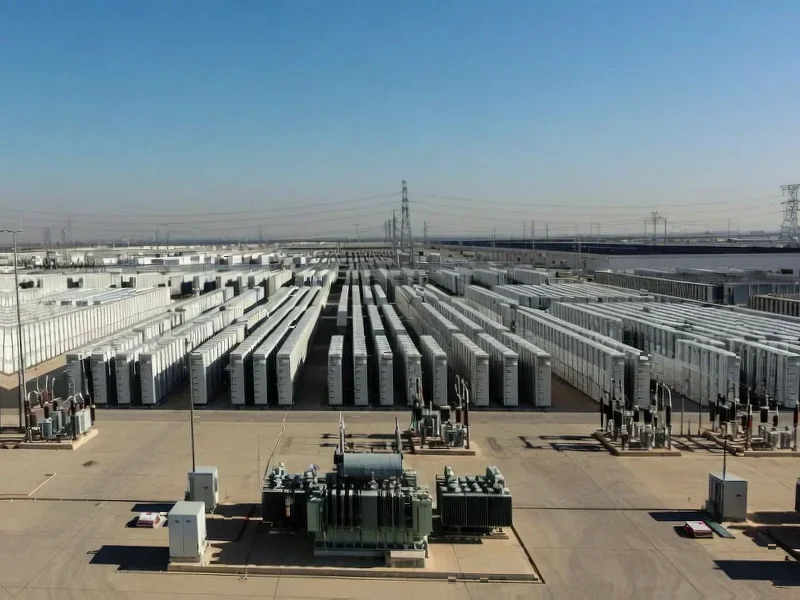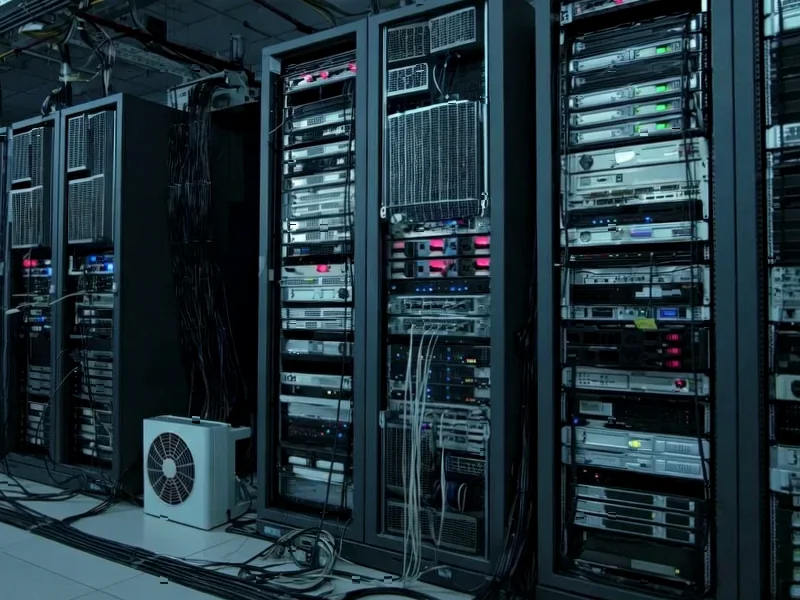According to Business Insider, OpenAI CEO Sam Altman became visibly frustrated when investor Brad Gerstner questioned how a company with approximately $13 billion in revenue could justify $1.4 trillion in spending commitments during a recent podcast interview. Altman disputed the revenue figure and responded testily, saying “If you want to sell your shares, I’ll find you a buyer. Enough.” The confrontation occurred amid OpenAI’s aggressive infrastructure spending, including a recently announced $38 billion partnership with AWS and multi-billion dollar deals with chip manufacturers like Nvidia. Microsoft CEO Satya Nadella, who was also present, defended OpenAI’s business execution as “unbelievable” while Altman acknowledged “We might screw it up” regarding their massive compute investments.
The Dangerous Math Behind AI Ambition
What Altman dismisses as mere “concern” actually represents one of the most precarious financial positions in tech history. OpenAI’s spending commitments now exceed the GDP of countries like Spain or Australia, yet the company remains fundamentally dependent on Microsoft’s continued financial backing. The ratio of spending commitments to current revenue—even using conservative estimates—suggests OpenAI is betting everything on exponential growth that may never materialize. This isn’t just ambitious spending; it’s a financial structure that would make even the most aggressive venture capitalists nervous.
When “Betting Big” Goes Wrong
Tech history is littered with companies that made similar “forward bets” on infrastructure that never paid off. WeWork’s global real estate commitments, Theranos’s laboratory expansions, and even SoftBank’s Vision Fund investments all followed similar patterns of spending against anticipated future revenues that never materialized. The critical difference with OpenAI is the sheer scale—we’re talking about spending levels that could destabilize entire supply chains if the revenue projections prove overly optimistic. Unlike traditional tech companies that scale infrastructure gradually, OpenAI appears to be building for a future demand that may be years away, if it arrives at all.
The Compute Dependency Problem
Altman’s admission that “if we don’t have the compute, we will not be able to generate the revenue” reveals a fundamental vulnerability in OpenAI’s strategy. The company has effectively tied its entire business model to securing increasingly scarce and expensive computing resources in a market where demand is exploding. This creates a dangerous feedback loop: they need massive compute to generate revenue, but the compute costs themselves may prevent profitability. As competitors like Google, Meta, and Amazon ramp up their own AI infrastructure spending, the competition for these finite resources will only intensify, potentially driving costs beyond even OpenAI’s staggering commitments.
When Vision Meets Market Realities
The disconnect between Altman’s vision and market fundamentals becomes apparent when examining OpenAI’s revenue streams. While ChatGPT adoption has been impressive, the path from millions of users to trillions in revenue remains unclear. Consumer devices, cloud services, and scientific automation—the areas Altman highlighted—are all fiercely competitive markets with established players. More importantly, the assumption that AI capabilities will continue advancing at their current breakneck pace is far from guaranteed. We’ve already seen diminishing returns in some AI domains, and regulatory headwinds are mounting globally.
The Inevitable Public Markets Reckoning
Altman’s comments about going public and short sellers getting “burned” suggest OpenAI may be considering an IPO as an exit strategy from this financial pressure cooker. But public markets have historically been less forgiving of companies with trillion-dollar spending commitments and unproven revenue models. The moment OpenAI files an S-1, they’ll face scrutiny from institutional investors who will demand clear paths to profitability and sustainable unit economics—neither of which are evident in their current trajectory. The transition from private market optimism to public market accountability could be brutal for a company operating on this scale of financial risk.
The Ripple Effects of OpenAI’s Gamble
Beyond OpenAI’s own fate, this spending spree threatens to distort the entire AI ecosystem. When one player commits to spending levels that dwarf most competitors’ market caps, it creates artificial scarcity in computing resources, drives up costs for everyone, and potentially accelerates a bubble that could take down legitimate companies when it bursts. The industry is already seeing secondary effects—from NVIDIA’s astronomical valuation to energy companies scrambling to meet AI power demands. OpenAI isn’t just betting its own future; it’s effectively making a trillion-dollar wager on behalf of the entire AI sector.




